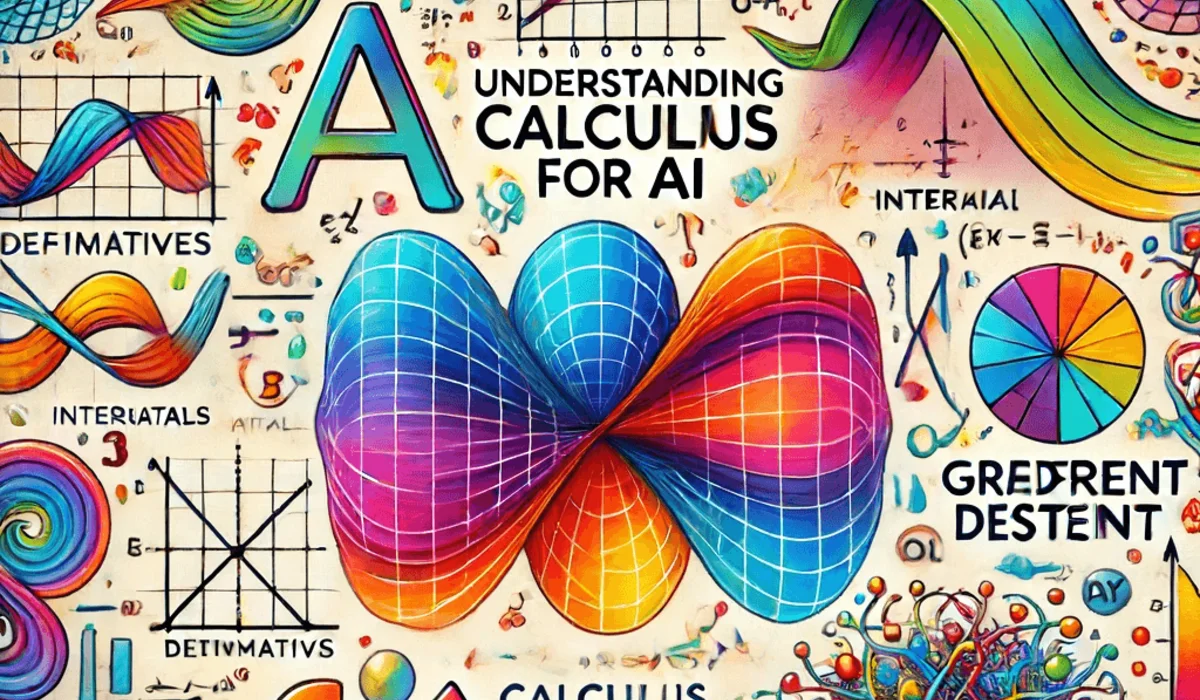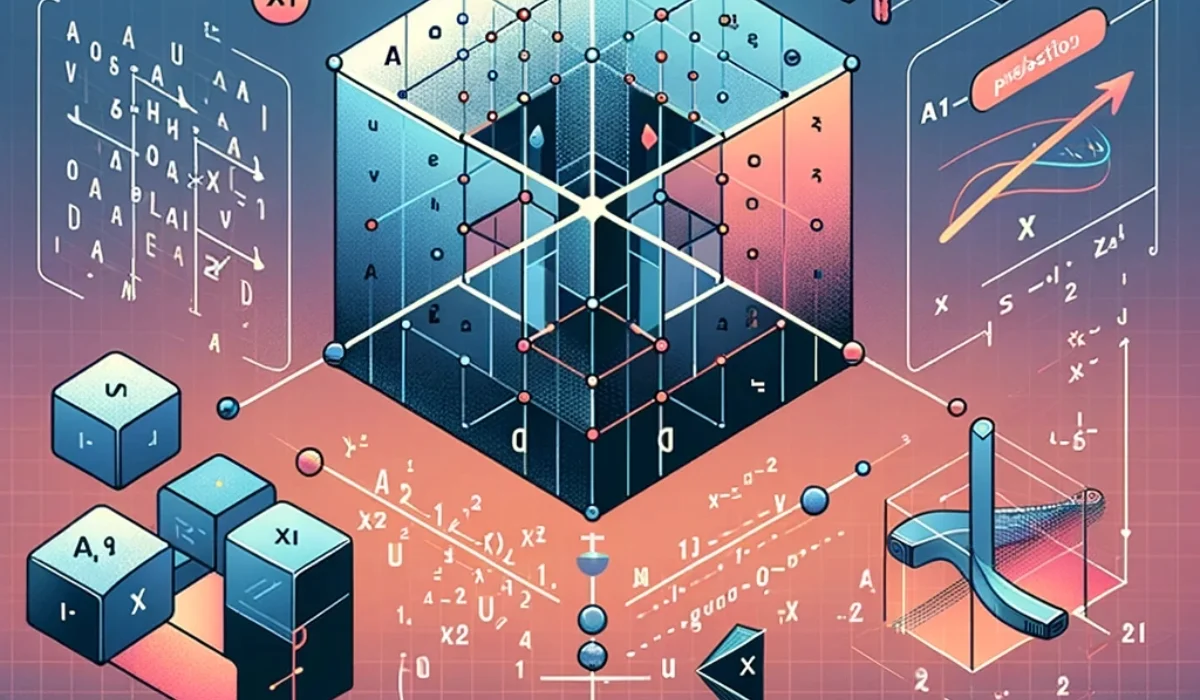Calculus is a fundamental branch of mathematics that is crucial for understanding and developing artificial intelligence (AI). In AI, calculus helps in optimizing algorithms, understanding the underlying mechanics of machine learning models, and providing a mathematical foundation for many AI concepts. This article will cover the essential calculus topics you should know before diving into AI, complete with clear examples and their applications in AI.
Functions and Graphs
Functions are the building blocks of calculus. A function is a relation between a set of inputs and a set of permissible outputs. Understanding how to interpret and manipulate functions is critical for AI.
Example:
Consider the function
f(x) = x^2
This function takes any real number x and squares it.
Functions are used to represent models in machine learning. For instance, a linear regression model can be represented as a function
f(x) = wx + b, \quad where \, w \, is \, the \, weight \, and \, b\, is \, the \, bias
Limits and Continuity
Limits help in understanding the behavior of functions as inputs approach a certain value. Continuity ensures that small changes in input lead to small changes in output, which is crucial for the stability of AI models.
Example:
lim_{x \to 2}(x^2 -4) = 0 This means as x approaches 2, the value of x2 – 4 approaches 0.
Limits are used in optimization algorithms to find the minimum or maximum values of functions, which is essential for training models.
Derivatives
Derivatives measure the rate at which a function is changing at any given point. This concept is fundamental in finding the slope of a function, which is used to understand and optimize the performance of AI models.
Example:
f(x) = x^2 \quad is \, f'(x) = 2x
This tells us the rate at which x2 changes with respect to x.
Derivatives are used in gradient descent, an optimization algorithm used to minimize the error in machine learning models. By iteratively updating the weights of the model in the direction of the negative gradient, we can find the optimal weights that minimize the loss function.
Partial Derivatives
Partial derivatives are used when dealing with functions of multiple variables. They measure the rate of change of the function with respect to one variable while keeping the others constant.
Example:
f(x,y) = x^2 + y^2
The partial derivative with respect to x is;
\frac{\partial f}{\partial x} = 2x and with respect to y is
\frac {\partial f} {\partial y} = 2yPartial derivatives are used in backpropagation, a method used to calculate the gradient of the loss function with respect to each weight in a neural network. This is essential for training deep learning models.
Integrals
Integrals are used to calculate the area under a curve. In AI, integrals are useful for understanding the accumulated change and can be used in various applications like probability distributions and expectation values.
Example:
The integral of f(x) = x2 from 0 to 1 is;
\int_{0}^{1} x^2 \, dx = \frac{1}{3} x^3 \Bigg|_{0}^{1} = \frac{1}{3} - 0 = \frac{1}{3}Integrals are used in calculating the expected value of random variables, which is crucial for probabilistic models in AI.
Chain Rule
The chain rule is used to differentiate composite functions. This is particularly useful when dealing with complex models in AI.
Example:
if \quad f(x) = (3x + 2)^4, \, then \, using \, the \, chain \, rule, \, the \, derivative \, is: \\ f'(x) = 4(3x + 2)^3 \cdot 3 = 12(3x+2)^3
The chain rule is extensively used in backpropagation for neural networks, where it helps in calculating the gradients of nested functions efficiently.
Gradient Descent
Gradient descent is an optimization algorithm used to minimize functions by iteratively moving towards the steepest descent, defined by the negative of the gradient.
Example:
For \, a \, function \, f(x) = x^2, \, starting \, at \, x=2, \, the \, gradient \, descent \, update \, rule \, is: \\
x_{new} = x_{old} - \eta \cdot \nabla f(x_{old}) \\
if \eta = 0.1, \, then: \\
x_{new} = 2-0.1 \cdot 4 = 1.6Gradient descent is used to optimize the weights of machine learning models, particularly in training neural networks.
Understanding these fundamental concepts of calculus is essential for anyone looking to delve into AI. They provide the mathematical foundation needed to grasp more complex topics and develop robust and efficient AI models. By mastering functions, limits, derivatives, integrals, and optimization techniques like gradient descent, you will be well-equipped to tackle the challenges in the field of AI.




